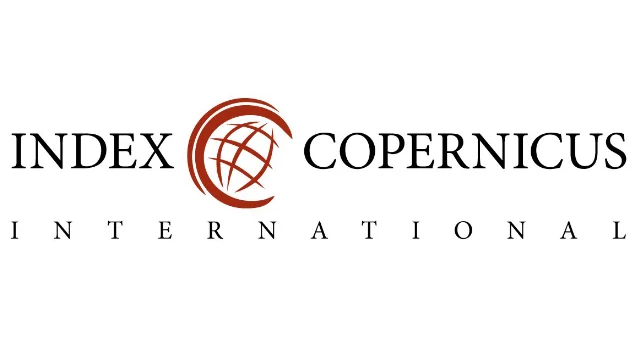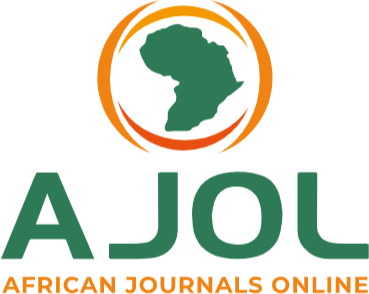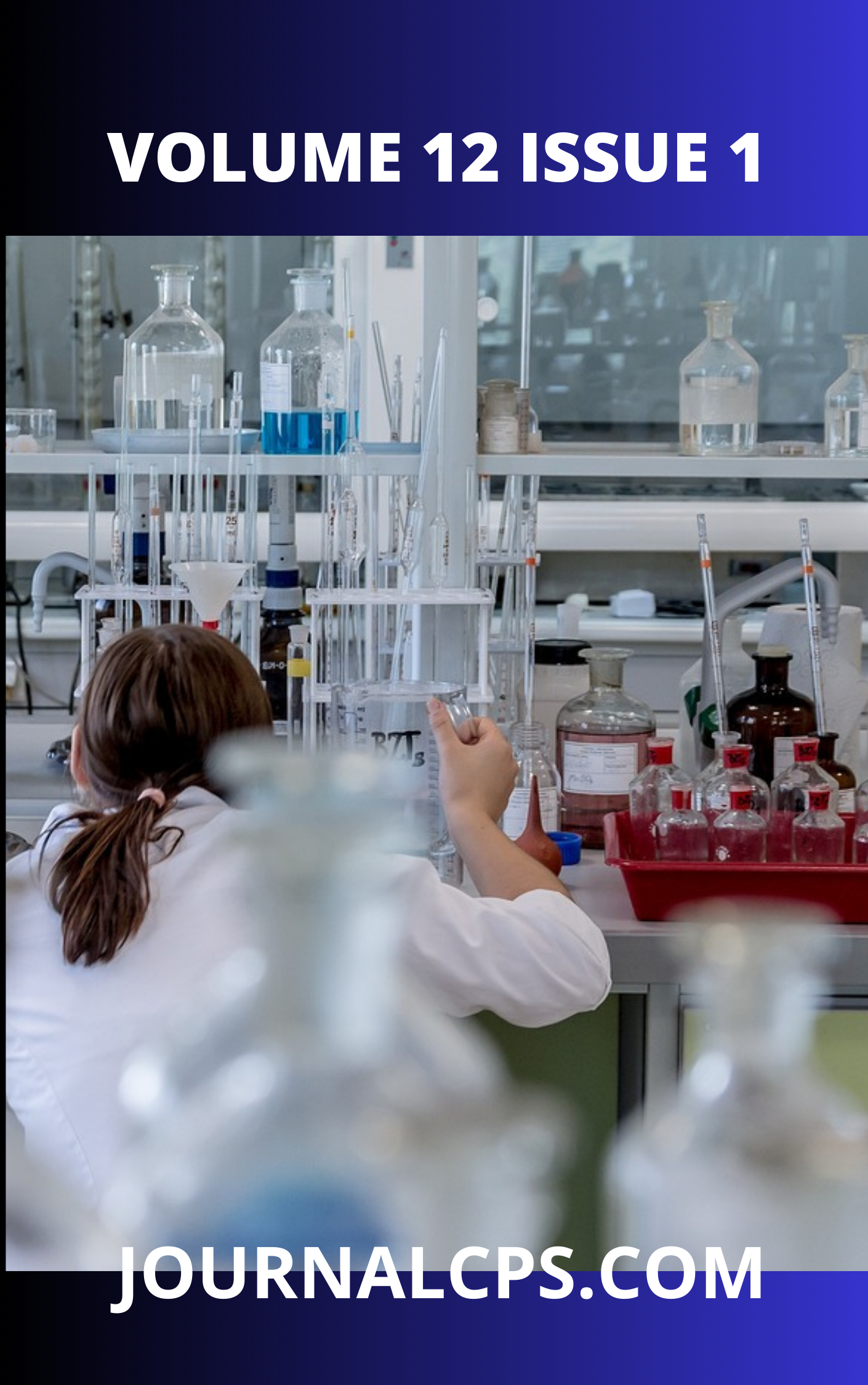Resource recovery from Sugar Cane Biomass for the Synthesis of Silicon Nanoparticles
DOI:
https://doi.org/10.4314/aqh0dn30Keywords:
resource recovery, sugar cane, waste, silicon nanoparticles, synthesis, characterizationAbstract
This study presents a green synthesis approach for silicon oxide nanoparticles (SiONPs) using plantain peels, highlighting their structural and surface
properties, potential applications, and environmental benefits. UV-visible absorption spectroscopy revealed a peak absorption at
341 nm, corresponding to a bandgap of 3.87 eV, confirming the semiconductor nature of the synthesized SiONPs. The X-ray diffraction (XRD) analysis displayed a prominent peak at 69.24°, indicative of high crystallinity and minimal amorphous content, with a calculated crystallite size of 0.23 nm based on Scherrer’s equation. Brunauer-Emmett-Teller (BET) surface area analysis showed a surface area of 198.98 m²/g, exceeding literature values and suggesting enhanced adsorption properties. Additional analyses using Barrett-JoynerHalenda (BJH), Dubinin-Radushkevich (DR), and Density Functional Theory (DFT) models indicated a mesoporous structure with an average pore diameter of 5.5545 nm and a pore volume of 0.0371 cc/g, suitable for applications requiring high surface area-to-volume ratios. Compared to reported values for SiONPs synthesized by traditional methods, the SiONPs obtained from plantain peel demonstrate promising structural integrity and
mesoporosity. This research emphasizes the feasibility of using agro-waste for nanoparticle synthesis, offering a sustainable alternative with potential applications in environmental and catalytic processes.
Downloads
Published
Issue
Section
Similar Articles
- T. K. Bello, M. T. Isa, S. O. Falope, Physical, Static and Dynamic Mechanical Properties of Waste Paper Reinforced Waste High Density Polyethylene Biocomposite , Communication In Physical Sciences: Vol. 7 No. 2 (2021): VOLUME 7 ISSUE 2
- Tope Oyebade, Samuel Babatunde, Environmental Chemistry of Radioactive Waste Management , Communication In Physical Sciences: Vol. 9 No. 4 (2023): VOLUME 9 ISSUE 4
- Nyeneime William Akpanudo, Ojeyemi Matthew Olabemiwo, Pore Parameters Analysis of Echinochloa pyramidalis leaf Dopped Silver Nanoparticles , Communication In Physical Sciences: Vol. 11 No. 4 (2024): VOLUME 11 ISSUE 4
- N. B. Essien, Sorghum Waste as an Efficient Adsorbent for the Removal of Zn2+and Cu2+ from Aqueous Medium , Communication In Physical Sciences: Vol. 5 No. 2 (2020): VOLUME 5 ISSUE 2
- Felicia Uchechukwu Okwunodulu, Stevens Azubuike Odoemelam, Remediation of effluents polluted with toxic heavy metals using Cola nitida pod husk , Communication In Physical Sciences: Vol. 8 No. 4 (2022): VOLUME 8 ISSUE 4
- Joseph Jacob, Shinggu D. Yamta, Influence of Moisture Absorption on some Mechanical Properties of Groundnut Shell Powder Reinforced Waste LDPE Composites , Communication In Physical Sciences: Vol. 7 No. 4 (2021): VOLUME 7 ISSUE 4
- I. O. Isaac, Synthesis Of Pharmacologically Active Hexahydroacridine-1,8 (2H, 5H)-diones using Nickel (II) Flouride Tetrahydrate as a New Heterogeneous Catalyst , Communication In Physical Sciences: Vol. 5 No. 2 (2020): VOLUME 5 ISSUE 2
- Samuel Awolumate, Aderonke Nana Agbo, Nutrient Retention and Feed Utilization Efficiency in Clarias gariepinus: The Role of Lysine and Methionine in Enhancing Protein Deposition and Reducing Nitrogen Waste , Communication In Physical Sciences: Vol. 12 No. 3 (2025): VOLUME 12 ISSUE 3
- Samuel Eguom Osim, Benefit Onu, Evaluation of Growth and Nutrient Profiles of Phaseolus vulgaris L. in Soil Treatment with Paint Waste Water , Communication In Physical Sciences: Vol. 8 No. 4 (2022): VOLUME 8 ISSUE 4
- Forward Nsama, Strategic Development of AI-Driven Supply Chain Resilience Frameworks for Critical U.S. Sectors , Communication In Physical Sciences: Vol. 12 No. 5 (2025): Vol 12 ISSUE 5
You may also start an advanced similarity search for this article.




